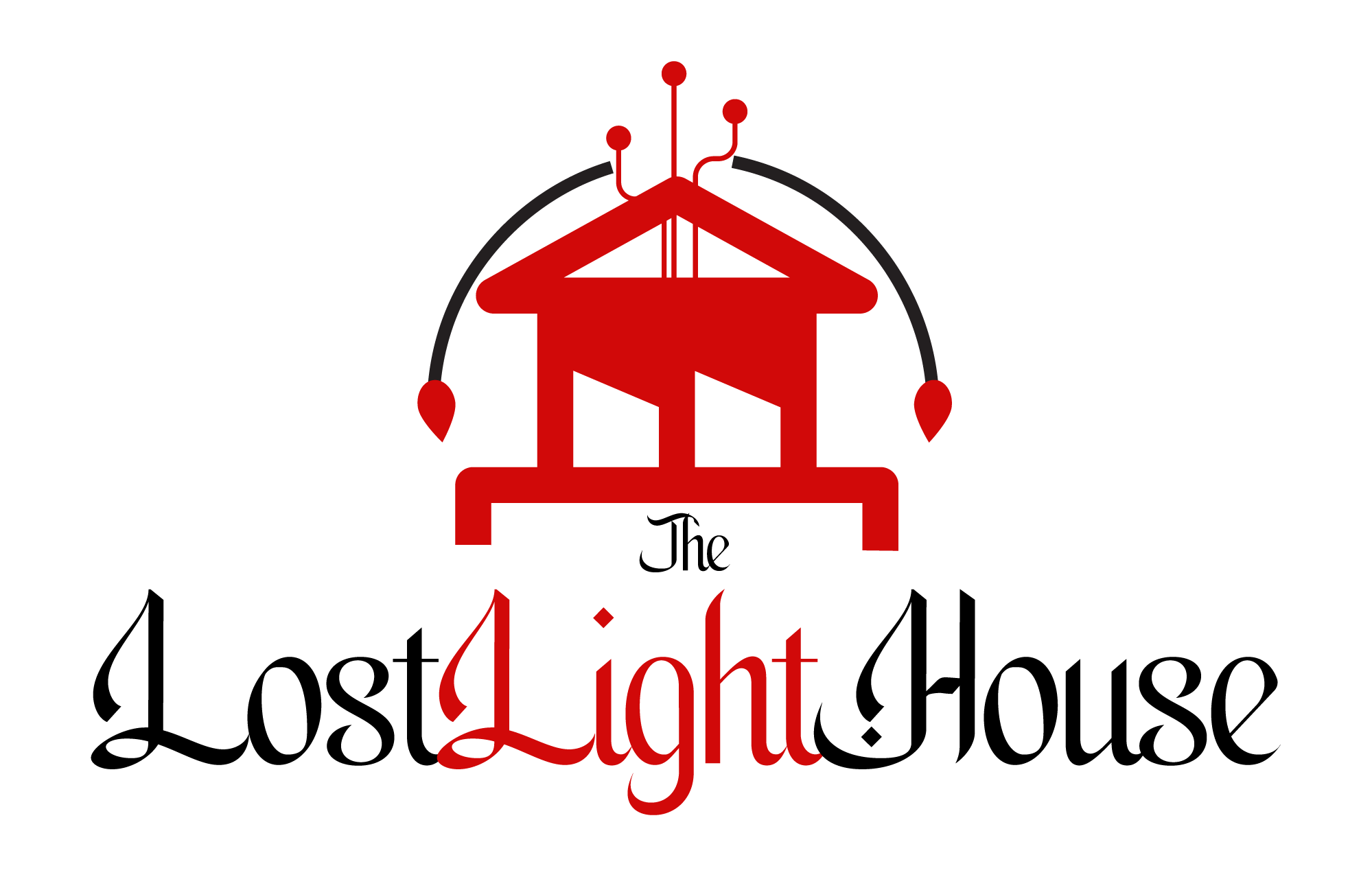
How Do Filmmakers Use Symbolism in Movies?
There is a depth to every great film. What is in the dialogue, action and cinematography is something more, symbolism. These visual cues are subtle colors, repetitive items, and so on, and they help directors to communicate the emotions, ideas, and themes without saying them directly.
Here, in this guide to Movie Symbolism Explained, we will discuss how movie creators are intertwining hidden meanings into their art and why these details are important and how the knowledge of this can entirely transform the way you watch movies.
1. What Is Symbolism in Movies?
Symbolism is an art of describing and articulating complex thoughts using a visual or narrative expression. Filmmakers do not spell everything out but have symbols, objects, colors, or gestures, which show something underlying.
Consider it a private language between the director and the audience. Symbolism makes a movie more than just entertainment when properly employed.
As an illustration, the green light in the Great Gatsby is the symbol of desire and unreal dreams. It is not only a light, it is a visual metaphor of all the things Gatsby desires to possess and cannot.
2. Why Symbolism Matters in Storytelling
In its essence, Movie Symbolism Explained is concerned with creating a better relationship with the audience and enhancing the power of storytelling. Symbolism enables the viewers to see not only but also feel.
Symbols used in a film can be a secret message regarding love, the loss, identity, or society. They make sense out of things which otherwise could be perceived as mere, and they make the viewers consume the movie at both the intellectual and emotional level.
3. Common Types of Movie Symbolism
a. Color Symbolism
There is seldom an accident in colors in a movie. Red can be associated with passion or danger, blue can be associated with calmness or sadness and yellow can be associated with hope or danger. The girl in the red coat in Schindler list is the brightest in a black and white movie as it represents innocence in the midst of horror.
b. Objects as Symbols
It is possible to have some meaning in ordinary objects. A broken mirror could be the symbol of fractured identity and a locked door could be the symbol of secrecy or repression. The spinning top in Inception is an indicator of the disjointed boundary between the dream and the reality.
c. Nature and Setting
Such typical instruments of storytelling include natural elements: storms, fire, light, water. A storm can represent confusion and a sun may be taken to represent hope or clarity. Nature is a symbolic idea employed by filmmakers such as Terrence Malick and Hayao Miyazaki to enhance the effect of the narration.
4. Iconic Examples of Symbolism in Film
The Red Balloon – Freedom and Innocence
In the 1956 French short film The Red Balloon, the floating red balloon symbolizes childhood wonder and human desire for freedom.
The Matrix – Reality vs. Illusion
The red and blue pills represent choice: stay in comfortable ignorance or confront harsh truth. This simple visual metaphor has become part of popular culture.
Parasite – The Staircase Divide
In Bong Joon-ho’s Parasite, stairs symbolize class hierarchy: the wealthy live above, and the poor dwell below, a literal and metaphorical representation of inequality.
These examples show that Movie Symbolism Explained isn’t about overanalyzing, it’s about recognizing intention and creative design.
5. How Directors Create Symbolic Meaning
Filmmakers use symbolism deliberately to guide audience perception:
- Through visual contrast: light vs. dark, order vs. chaos.
- Through repetition: recurring images signal importance.
- Through context: a rose in a romance may mean love, while in a thriller it could signal danger.
Directors like Stanley Kubrick, Alfred Hitchcock, and Christopher Nolan use layers of meaning to ensure that viewers are engaged intellectually and emotionally.
6. Symbolism and Emotion: The Invisible Connection
The emotional appeal of symbolism is one of its strongest elements. The symbol might not be consciously perceived by the viewers, but it affects them.
Filmmakers using the same pattern of the visual or sound evokes the subconscious association. As an illustration, time, loss, and love in Interstellar are supported by the use of clocks. Symbolism is a kind of music- it does not appeal to reason, it addresses the heart.
7. Cultural Context and Interpretation
The use of symbols may differ in different cultures. In western movies, a white dress is a symbol of purity whereas in eastern movies, it represents mourning. Context is very important in the analysis of movies.
Even common symbols can have varied meanings in terms of historical or societal background. This is why the analysis of Movie Symbolism Explained may enhance watching experiences and make it possible to see deeper details which may be overlooked when watching it on a regular basis.
8. Tips for Spotting Symbolism in Movies
- Look for repetition: Objects, colors, or phrases that appear multiple times usually carry significance.
- Consider contrast: Visual or narrative contrasts often symbolize thematic tension.
- Pay attention to music and sound: Audio cues often underline symbolic meaning.
- Think beyond the surface: Ask what the director is trying to communicate emotionally or thematically.
Learning these strategies allows viewers to watch films actively rather than passively.
9. Why Understanding Movie Symbolism Enhances Enjoyment
With symbolism, each scene becomes more detailed. Minor decisions (lighting, costume, dialogue, composition) acquire a purpose. Knowing of symbolism puts a movie on a level of more than just entertainment and makes it a richer experience of story telling which brings more appreciation to filmmaking craft.
Final Thoughts
In Movie Symbolism Explained, we get to learn that filmmaking is an art and language. Even the tiniest visual or narrative decisions may have a deeper meaning and can relate viewers with themes, emotions, and ideas in non-obtrusive yet strong ways.
The next time you are watching a movie, look at the images used over and over again, the color schemes, and the objects, perhaps it has a story that can never be told in the dialogue. Being able to identify these concealed meanings does not only help you enjoy your viewing experience, but also enables you to experience movies on a good new level.Movies aren’t what is on screen but what is between the lines. Symbolism helps us see the unseen and comprehending it makes movie watching more of an art, social and emotional discovery.



